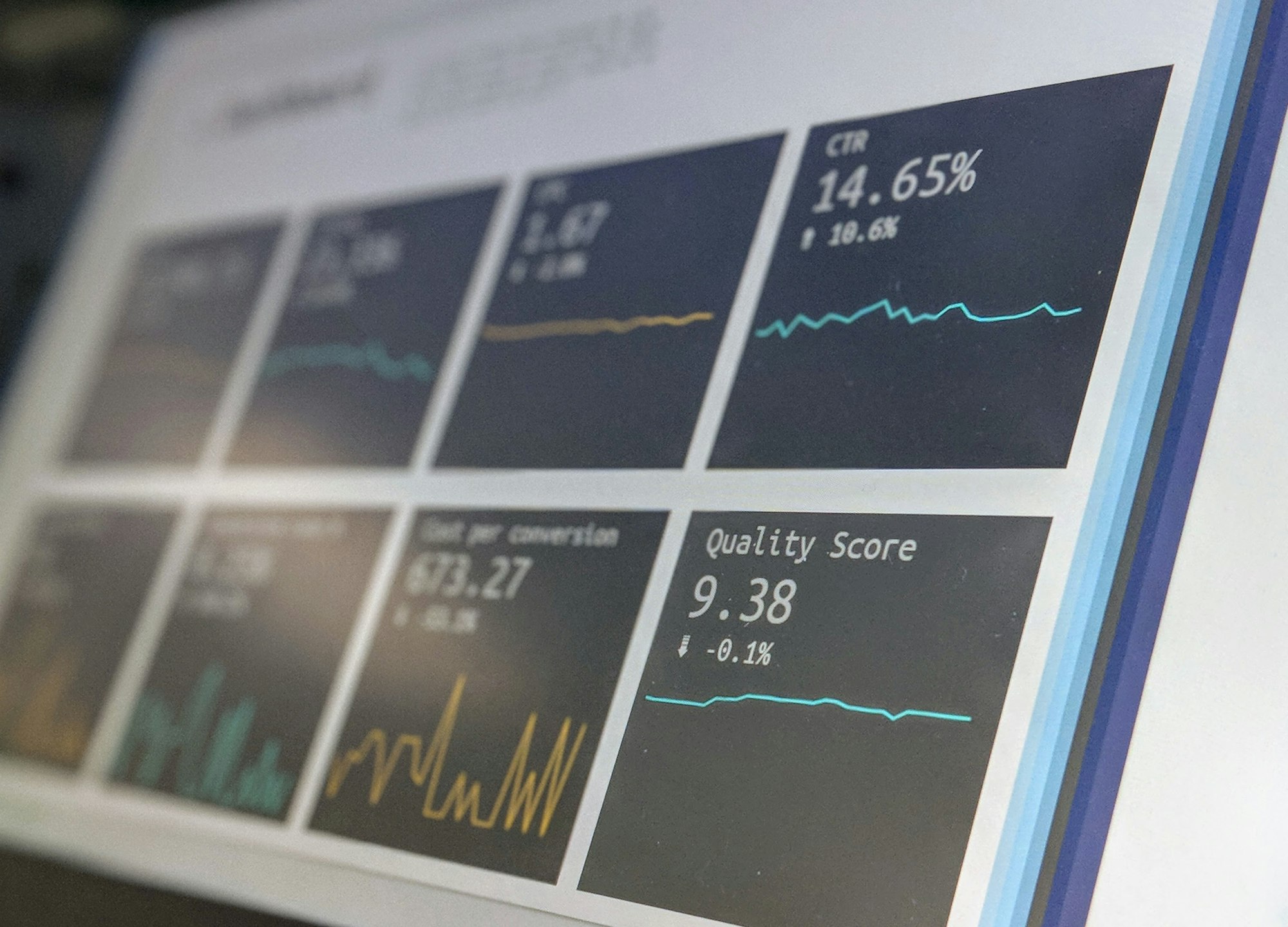Can Poorly Designed EMRs Lead to Medical Malpractice? A Doctor's Perspective on Security and Patient Safety
Table of Content
As a doctor/ developer, I’ve seen firsthand how Electronic Medical Records (EMRs) can streamline workflows and improve patient care—when they’re well-designed.
Unfortunately, poorly designed EMRs are more common than they should be, and they pose a serious threat to both patient safety and hospital liability.
This isn’t just about inconvenience; it’s about life-or-death consequences and potential medical malpractice lawsuits.
In this article, I’ll explain why EMR design flaws can lead to malpractice, discuss security risks related to PHI (Protected Health Information), and provide real-world examples. Finally, I’ll offer recommendations and highlight the role of open-source software in solving these issues.
The High Stakes of Poor EMR Design
EMRs are supposed to make healthcare more efficient, but when they’re poorly designed, they can cause critical errors. Imagine a system where:
- Medication dosages are hidden behind layers of unintuitive menus.
- Allergy alerts are buried or easy to overlook.
- The interface is so cluttered that doctors miss key information.
These are not hypothetical scenarios. In a high-pressure environment, even a few extra clicks or confusing screens can result in a fatal mistake.
Real-world Example: In 2013, a young patient in California received a massive overdose due to a poorly designed EMR interface. The system’s confusing design caused the doctor to enter the dosage incorrectly, and the error went unnoticed until it was too late.
Mistakes like this are preventable with thoughtful design and rigorous testing.
Cybersecurity Risks in Poorly Designed EMRs
A poorly designed EMR isn’t just a risk for medical errors—it’s also a cybersecurity nightmare. Many EMRs lack proper safeguards, making them vulnerable to:
- Data breaches that expose PHI (Protected Health Information).
- Ransomware attacks that cripple hospital operations.
- Unauthorized access due to weak authentication measures.
Real-world Example: The 2017 WannaCry ransomware attack severely impacted the UK’s National Health Service (NHS). Outdated software and poor security practices led to system-wide failures, delaying critical care for patients (source).
Penetration testing (pentesting) is essential to identify vulnerabilities in EMRs, but many hospitals skip this step due to cost or lack of awareness. The result? Patient data becomes an easy target.


Legal Liability and Medical Malpractice
When an EMR leads to a mistake, who is responsible? The doctor? The hospital? The software vendor?
The answer isn’t always clear, but courts are increasingly recognizing that poorly designed EMRs contribute to medical malpractice. Hospitals can be held liable if they choose systems that are known to be error-prone or fail to train staff adequately.
Real-world Example: In 2019, a lawsuit in Texas revealed that a hospital’s EMR had a known bug that led to incorrect medication orders. The hospital’s failure to address the issue contributed to a patient’s death, resulting in a malpractice settlement (source).

The Role of Open-Source Solutions
Open-source EMRs, such as OpenEMR and LibreHealth, offer a way forward. Unlike proprietary systems, open-source EMRs can be:
- Audited for security vulnerabilities by independent experts.
- Customized to meet the specific needs of a hospital or clinic.
- Improved continuously by a community of developers and healthcare professionals.
Open-source systems also encourage transparency and collaboration, which can lead to better design and fewer errors. With the right implementation, open-source EMRs can reduce the risk of medical malpractice and improve security for PHI.


Recommendations for Hospital Executives
If you’re responsible for choosing or managing an EMR system, here are some recommendations to ensure patient safety and minimize liability:
- Prioritize User-Friendly Design: Choose EMRs that are intuitive and easy to navigate. Involve clinicians in the selection process to ensure the system meets real-world needs.
- Conduct Regular Pentesting: Regular penetration testing can identify security vulnerabilities before they become problems. Ensure your EMR is tested at least annually.
- Train Staff Thoroughly: Even the best system is useless without proper training. Ensure all staff members know how to use the EMR effectively and safely.
- Stay Updated: Keep your EMR and Hospital Information System (HIS) updated with the latest security patches to avoid vulnerabilities.
- Implement Backup Systems: Ensure robust backups are in place to protect against ransomware and data loss.
- Review Customization Options: Opt for EMRs that allow customization to fit your workflow. Avoid rigid systems that force inefficient processes.
- Consider Open-Source EMRs: Evaluate open-source options like OpenEMR or LibreHealth for better transparency and flexibility.
- Audit for Compliance: Regularly audit your system for compliance with HIPAA and other data protection regulations.
Final Thoughts
A poorly designed EMR can be the weakest link in your hospital’s operations, leading to medical errors, security breaches, and legal liabilities. As a doctor who works in tech, I’ve seen how the right system can empower clinicians and protect patients—but I’ve also seen how the wrong system can lead to disaster.
Invest in systems that prioritize usability, security, and patient safety. Your patients’ lives—and your hospital’s reputation—depend on it.















